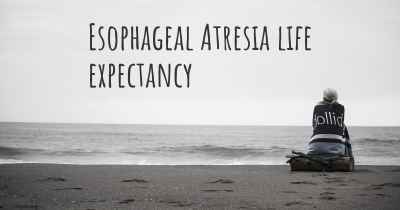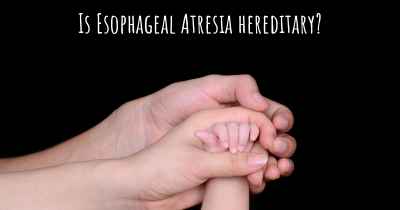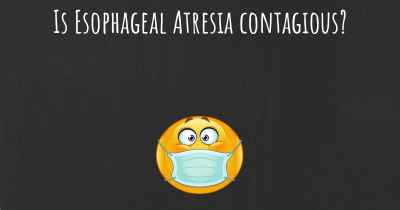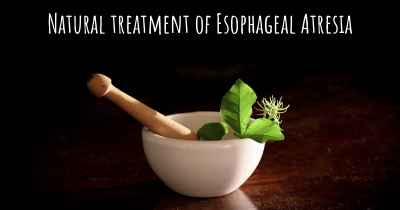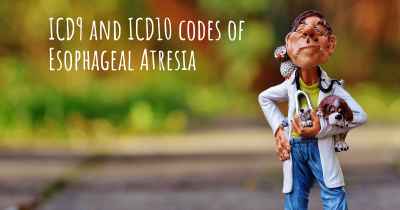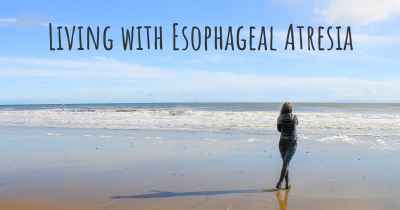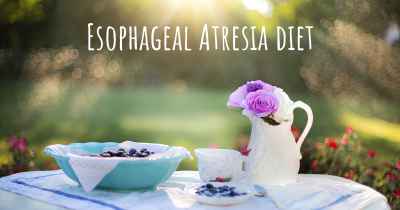Is it advisable to do exercise when affected by Esophageal Atresia? Which activities would you suggest and how intense should they be?
See if it is advisable for people with Esophageal Atresia to practice sports and which ones are the most recommended if you have Esophageal Atresia
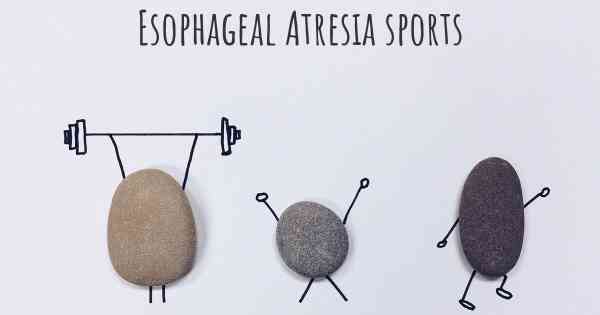
Esophageal Atresia (EA) is a congenital condition where the esophagus does not develop properly, resulting in a gap or blockage. It is typically diagnosed shortly after birth and requires surgical intervention to correct. While exercise is generally beneficial for overall health, it is important to approach it with caution when affected by EA.
Consulting with a healthcare professional is crucial before starting any exercise regimen, as they can provide personalized guidance based on the individual's specific condition and overall health. They will consider factors such as the type and severity of EA, any associated complications, and the person's age and physical abilities.
That being said, gentle exercises can often be incorporated into the routine of individuals with EA, provided they are done under proper supervision and guidance. Here are some activities that may be considered:
- Walking: Walking is a low-impact exercise that can be easily modified to suit an individual's abilities. It helps improve cardiovascular health, strengthens muscles, and promotes overall well-being. Start with short walks and gradually increase the duration and intensity as tolerated.
- Swimming: Swimming is a great option for individuals with EA as it is gentle on the joints and provides a full-body workout. It helps improve cardiovascular fitness, muscle strength, and flexibility. However, it is important to ensure that the person is comfortable in the water and has proper supervision.
- Yoga: Yoga focuses on gentle stretching, breathing exercises, and relaxation techniques. It can help improve flexibility, balance, and overall body awareness. Modified poses and gentle movements can be tailored to accommodate the individual's needs and abilities.
- Pilates: Pilates is a low-impact exercise method that focuses on core strength, flexibility, and body alignment. It can be beneficial for individuals with EA as it helps improve posture, stability, and overall body strength. However, it is important to work with a qualified instructor who can modify exercises to suit the individual's needs.
- Stationary cycling: Cycling on a stationary bike provides a cardiovascular workout without putting excessive strain on the joints. It helps improve leg strength, endurance, and overall fitness. Start with a low resistance and gradually increase as tolerated.
It is important to note that the intensity of exercise should be tailored to the individual's abilities and limitations. Overexertion or engaging in high-impact activities may not be suitable for everyone with EA. It is crucial to listen to the body and avoid pushing beyond comfortable limits.
Benefits of exercise for individuals with EA can include improved cardiovascular health, increased muscle strength, enhanced flexibility, better posture, and overall well-being. Regular physical activity can also help manage weight, reduce stress, and improve mood.
However, it is essential to be aware of any limitations or precautions associated with EA. Some individuals may have additional complications or restrictions that need to be considered when planning an exercise routine. Always follow the advice and recommendations of healthcare professionals to ensure safety and optimal outcomes.
In conclusion, while exercise can be beneficial for individuals with Esophageal Atresia, it is crucial to approach it with caution and under proper guidance. Consulting with a healthcare professional is essential to determine the most suitable activities and intensity based on the individual's specific condition and overall health. Incorporating gentle exercises such as walking, swimming, yoga, pilates, or stationary cycling can help improve cardiovascular fitness, muscle strength, flexibility, and overall well-being. Remember to listen to the body, avoid overexertion, and follow any limitations or precautions associated with EA. Stay active, stay safe!
